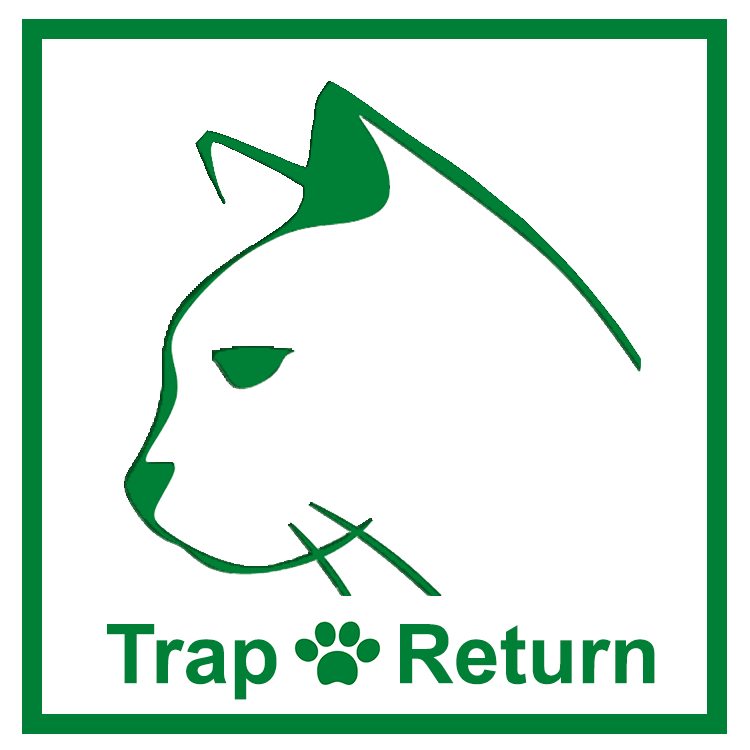Cat Safe Plants
Cat Safe Plants There are a variety of cat-safe indoor and outdoor plants on the market that both humans and cats love. Whether you’re looking for outdoor pet-friendly plants that are drought tolerant and low maintenance or hanging plants that are safe for your indoor cat, you can surely find gorgeous plants for your household! […]

